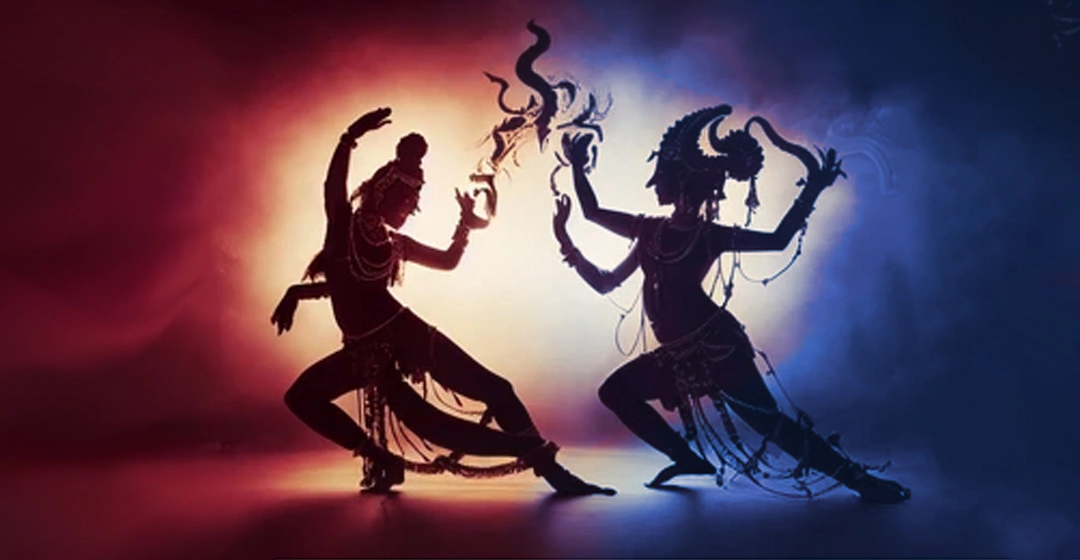
Relation between Purusha and Prakriti as per vedic science
In Vedic philosophy and Hinduism, the concepts of Purusha and Prakriti are fundamental principles that help explain the nature of reality and the universe. These concepts are often associated with the Samkhya school of philosophy, which is one of the six classical schools of Indian philosophy.
- Purusha:
- Purusha is often translated as “spirit” or “consciousness.” It represents the eternal, unchanging, and pure aspect of the self or the soul.
- Purusha is considered to be the witness, observer, and experiencer of all phenomena in the material world.
- It is devoid of qualities, attributes, and actions and remains eternally unaffected by the changes and transformations in the material world.
- Purusha is often depicted as the masculine or unchanging principle, associated with stillness and inner awareness.
- Prakriti:
- Prakriti is often translated as “nature” or “matter.” It represents the material world and all that is subject to change, transformation, and evolution.
- Prakriti is the source of the physical universe, and it consists of three gunas (qualities): Sattva (goodness), Rajas (passion), and Tamas (ignorance).
- These gunas interact to create the diversity of the physical world, including the physical bodies of living beings.
- Prakriti is depicted as the feminine principle and is often associated with creative energy and the dynamic, ever-changing aspect of reality.
The relationship between Purusha and Prakriti is a key concept in Samkhya philosophy and plays a crucial role in understanding the nature of existence. Here are some key points regarding their relationship:
- Purusha is the eternal and unchanging aspect of reality, while Prakriti is the ever-changing and dynamic aspect.
- Purusha is the observer and experiencer, while Prakriti is the observed and experienced.
- The interaction between Purusha and Prakriti is what gives rise to the diversity of the material world. The gunas of Prakriti interact to create the various forms and phenomena we see in the world.
- Liberation (moksha) in this philosophical framework is achieved when one realizes the distinction between Purusha and Prakriti and detaches from the material world to unite with the pure, unchanging aspect of the self (Purusha).
In summary, Purusha and Prakriti are complementary but distinct principles in Vedic and Samkhya philosophy. They are used to explain the nature of reality, the self, and the relationship between the eternal and the transient aspects of existence.
